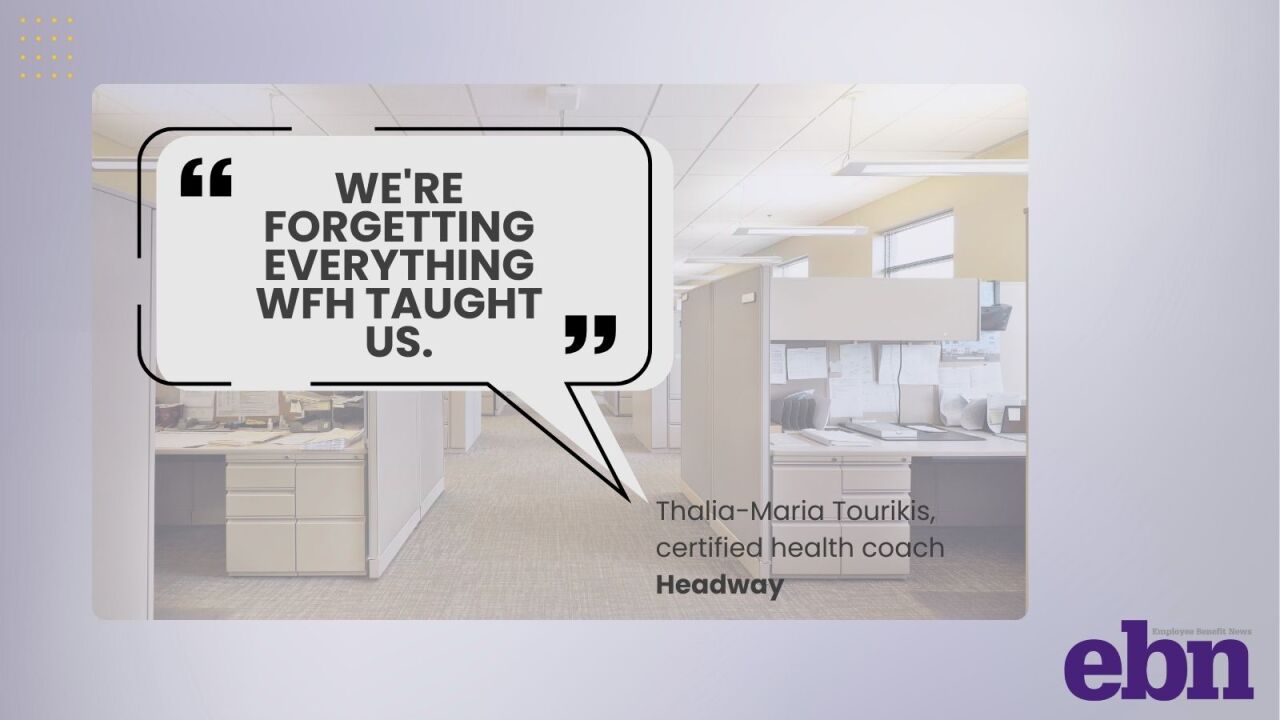As the Great Resignation continues, “essential worker” positions such as stock clerks, grocery store baggers and shipping clerks are getting harder to fill. In August 2021 alone, 6.8% of food service workers and 4.7% of retail workers quit. This offers a unique opportunity to shrink the
We see that as many
To be sure, efforts are unfolding to expand the neurodiverse workforce, especially in the tech sector. In recent years, a spate of media articles has rightly touted the achievements of neurodiverse people in realms such as coding and data analysis.
And the broader labor market is catching up too.
Under the Americans With Disabilities Act (ADA), employers are required to make “reasonable accommodations” for the neurodiverse. Depending on the type and degree of neurodiversity in question, these may include dimming lights, reducing background noise, or permitting the presence of professional “job coaches”. These coaches work one-on-one with neurodiverse employees to tackle any roadblocks as they arise. Unfortunately, this arrangement is far from perfect.
Read more:
“One unintended consequence of job coaching arises when a neurodiverse employee needs instructions repeated frequently as they learn. This can limit employee independence, and contribute to job-coach burnout,” says Michelle Hecht, a board-certified behavior analyst with more than 20 years of experience working with neurodiverse people and assigned care workers.
At George Mason University, we’re developing a wearable tech solution that would reduce dependence on job coaches and smooth the employment transition for many neurodiverse people. The work is still early-stage, but it builds upon previously successful scientific efforts. A few years ago, one of us (Vivian)
WELI has since been updated to take full advantage of
Read more:
Employees on the clock, however, cannot always drop everything and perform an activity to calm themselves. For that reason, we are currently adapting WELI specifically for the workplace. In the process, we’ve scoured social media to gather and analyze accounts from neurodiverse people about their challenges at work. Obviously, there is no one-size-fits-all solution. For workers with ADHD, issues with short-term memory, time blindness, and maintaining motivation are key. Those on the autism spectrum reported mainly struggling with interpersonal interactions; many described going out of their way to avoid talking with co-workers and customers. These two groups were also motivated by different things. The ADHD contingent preferred frequent praise for tasks well done; people on the spectrum generally craved the comforts of a stable routine. So, the challenge for us as scientists is to create various “verticals” within our wearable app while maximising accessibility.
Our research suggests a possible future where wearable technology improves life and work for all. Rather than replacing job coaches, the tech would give them more tools to do their job better. For example, coaches could analyze biometric data alongside employees’ self-reported information to form more sophisticated conclusions and recommendations.
With a tech-assisted neurodiverse workforce at the ready, the Great Resignation could take its course, supermarket shelves could be as full as the supply chain allows, and the general quality of employment across the labor market could improve. It’s too early to say for sure, but we see the potential for a real breakthrough.






